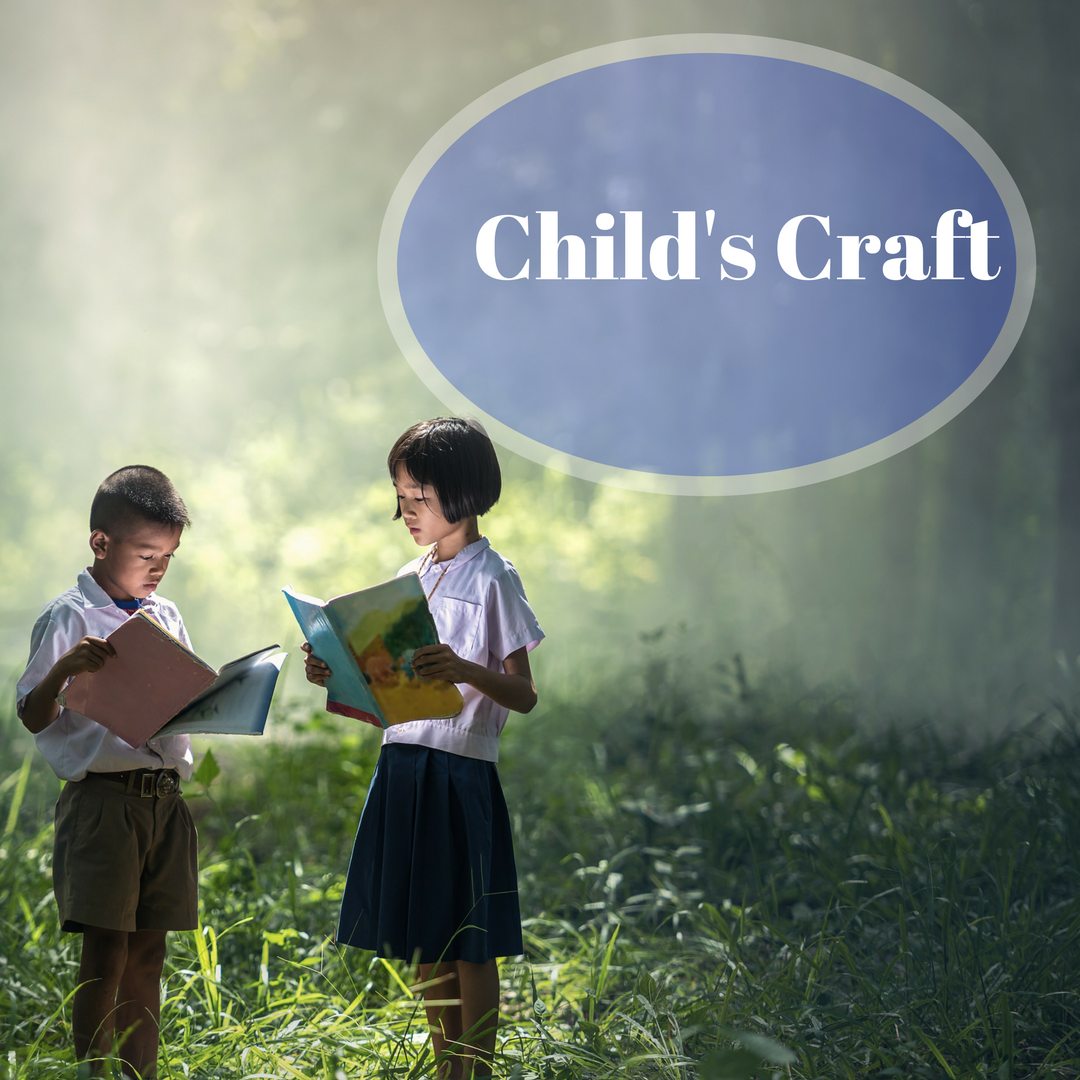
Guest Posts
Picking the Best Book Cover for Your Next Hit
Most people judge a book by its cover. You put years of your work into a book. Therefore, it…
March 13, 2021
Most people judge a book by its cover. You put years of your work into a book. Therefore, it…
March 13, 2021
Sometimes it’s easy to think character development looks similar across genres. And for the reader, it usually does. Even…
September 7, 2020
Congratulations on having a book to launch! Now to accept the challenge of creating content in today’s world of…
August 31, 2019
In the quiet of the morning, I open up my Bible. I clip my booklight onto the front cover…
February 27, 2019
“What’s the difference between a fiction book proposal and non-fiction?” “Do I need the illustrations when I submit my…
January 25, 2019
A Quick Look at the Two Middle Grade: Age of readers: 8 to 12 or 13 Length of books:…
October 21, 2018